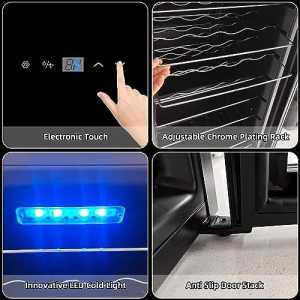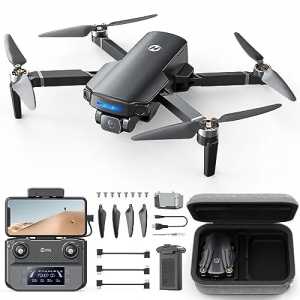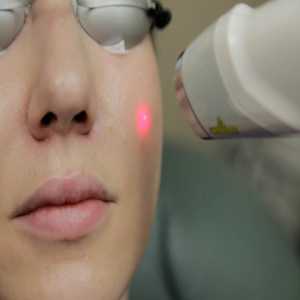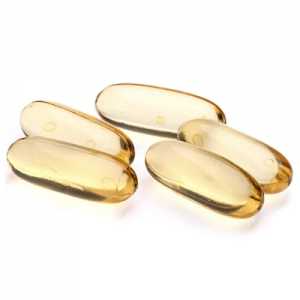
Emergency Preparedness: Creating A Plan For Dealing With Dental Trauma

Dental trauma can happen at any time, often when you least expect it. Whether it's a sports injury, an accident, or a sudden fall, knowing how to respond quickly and effectively can make all the difference in preserving your oral health. Just as you would prepare for any other emergency, having a plan in place for dental trauma is essential. This guide will help you create a step-by-step plan to ensure you're ready to handle any dental emergency confidently.
1. Understand Common Types of Dental Trauma
Before creating your emergency plan, it’s important to familiarize yourself with the most common types of dental trauma. This knowledge will help you respond appropriately to different situations.
- Chipped or Fractured Teeth: This occurs when a portion of the tooth breaks off due to impact. Depending on the severity, the tooth may be slightly chipped or fractured down to the root.
- Knocked-Out Tooth (Avulsion): A knocked-out tooth is a dental emergency that requires immediate attention. The chances of saving the tooth are highest if reimplanted within an hour of the injury.
- Dislodged Tooth (Luxation): A dislodged tooth has been pushed out of its normal position but hasn’t been completely knocked out. It may be pushed sideways, backward, or into the socket.
- Soft Tissue Injuries: These include cuts, tears, or punctures to the gums, tongue, cheeks, or lips.
Understanding these types of injuries will help you react quickly and appropriately if you or someone else experiences dental trauma.
2. Assemble a Dental Emergency Kit
Just as you would have a first aid kit for general injuries, a dental emergency kit can be invaluable in dealing with dental trauma. Here’s what to include:
- Sterile Gauze: For controlling bleeding from cuts or dislodged teeth.
- A Small Container with a Lid: To store a knocked-out tooth or tooth fragments in milk or saline solution.
- Dental Mirror and Flashlight: To help you see inside the mouth and assess the extent of the injury.
- Over-the-counter pain Relievers: Use ibuprofen or acetaminophen to manage pain until you can see a dentist.
- Cold Compress: To reduce swelling and numb pain from a dental injury.
- Dental Wax or Temporary Filling Material: To cover the sharp edges of a broken tooth and prevent injury to the tongue or cheeks.
- Contact Information for Your Dentist: Including their after-hours emergency number.
Keep your dental emergency kit in an easily accessible place, such as your bathroom or car, so you can quickly grab it if needed.
3. Learn the Immediate Steps for Different Dental Emergencies
Knowing the immediate steps to take in the event of dental trauma can significantly improve the outcome. Here’s what to do in common scenarios:
- Chipped or Fractured Tooth:
- Rinse your mouth with warm water to clean the area.
- If there’s bleeding, apply sterile gauze to the affected area.
- Use a cold compress on the outside of your mouth to reduce swelling.
- Save any broken pieces of the tooth and store them in a container with milk or saline.
- Contact your dentist as soon as possible.
- Knocked-Out Tooth:
- Pick up the tooth by the crown (the part that’s normally visible in the mouth), not the root.
- If the tooth is dirty, rinse it gently with water, but do not scrub or remove any attached tissue.
- If possible, try to place the tooth back in its socket. If it doesn’t go in easily, don’t force it.
- If reimplantation isn’t possible, place the tooth in a container with milk, saline solution, or your saliva.
- Get to a dentist within an hour for the best chance of saving the tooth.
- Dislodged Tooth:
- Try to reposition the tooth using light pressure, but don’t force it.
- Apply a cold compress to the outside of the mouth to reduce swelling.
- Contact your dentist immediately.
- Soft Tissue Injuries:
- Rinse your mouth with a mild saltwater solution to clean the wound.
- Apply pressure with sterile gauze to stop any bleeding.
- Use a cold compress to reduce swelling.
- If the bleeding doesn’t stop after 10 minutes, seek emergency care.
4. Know When to Seek Emergency Care
Not all dental injuries require immediate emergency care, but knowing when to seek it can save your teeth and prevent further complications.
- Seek Immediate Care If:
- A tooth is completely knocked out.
- A tooth is dislodged or pushed out of its normal position.
- You experience severe pain that doesn’t subside with over-the-counter pain relievers.
- There is significant bleeding that doesn’t stop after 10 minutes of pressure.
- A tooth is fractured with exposed nerve endings, causing severe pain or sensitivity.
- Non-Emergency Situations:
- Minor chips or cracks that don’t cause pain can often wait until regular dental office hours but should still be addressed as soon as possible.
- Soft tissue injuries that aren’t causing significant bleeding can usually be managed at home before seeing a dentist.
5. Practice Preventive Measures
While it’s impossible to prevent all dental trauma, taking certain precautions can reduce your risk:
- Wear a Mouthguard: If you participate in contact sports or activities with a risk of injury, wear a custom-fitted mouthguard to protect your teeth.
- Avoid Hard Foods: Chewing on hard foods like ice, hard candy, or popcorn kernels can lead to fractures and chips.
- Use Scissors, Not Your Teeth: Never use your teeth to open packages, crack nuts, or cut tape, as this can easily lead to injury.
6. Educate Your Family
If you have children or other family members, it is important to educate them about what to do in a dental emergency. Ensure everyone knows where the dental emergency kit is stored and understands the basics of handling dental trauma.
For young children, practicing scenarios calmly and reassuringly can help them feel more prepared and less scared if an emergency occurs. Ensure they know to alert an adult immediately if they experience or witness dental trauma.
7. Establish a Relationship with a Local Dentist
You have a trusted dentist to whom you can turn in an emergency. Ensure you know your dentist’s emergency protocols, including how to reach them after hours. Some dentists offer emergency services, while others may refer you to a nearby clinic. Knowing this will save you time and stress in an emergency.
Knowing where to find emergency dental services in your regularly visit areas may also be helpful.
Conclusion
Dental trauma can be a frightening experience, but with a solid emergency plan in place, you can manage the situation effectively and protect your oral health. By understanding common dental injuries, assembling a dental emergency kit, and knowing the immediate steps to take, you’ll be well-prepared to handle any dental emergency confidently. Quick action can make all the difference in saving your teeth and maintaining your beautiful smile.
If you live in Kalyan, you are searching for Dentist in Kalyan. It would be best if you considered OM Dental Care. Call us to Book an Appointment: +91-9004457690.
Author Bio
OM Dental Care
13, Nandanvan appartment, Kalyan-Murbad Rd, near prem auto bus stop, Purnima, Kalyan, Maharashtra 421301
09004457690
Facebook | Instagram | Google Map
Article Comments
No Comments!
At present there are zero comments on this article.
Why not be the first to make a comment?
Similar Articles
Search Pages
User Upgrade
account to full use of editor,
Including hyperlinks
Article Categories
There are zero sub-categories in this parent category.
There are zero sub-categories in this parent category.

















